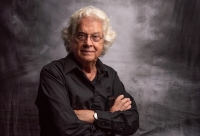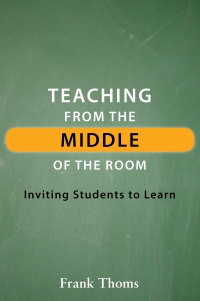Reading with pencil in hand/Just reading is not enough
In the mid-fifteenth century, Gutenberg’s press opened writing to everyone, not just monks who copied scriptures. And we can say that computers and the Internet opened the potential of reading and writing for everyone throughout the world.
So what about reading today? It’s on the decline. While book publishing is flourishing with insightful writers on fiction and non-fiction, poetry and memoir, newspaper and book readership is dropping in all phases of society in favor of TV and social media. And middle readers, the traditional foundation for developing a love of reading, are reading far less.
I am advocating, not to appear a Luddite (or perhaps I am) that teachers make reading a priority––reading with pencil in hand. Because students are spending up to seven hours a day on their phones, they have little time to discover the value and pleasure of sustained reading. Some high schools only offer excerpts of books rather than the book itself; our students have no time, they say.
My thought on this matter is that students should be taught the value of close reading, which means having to determine whether what they are reading is factual and true. They do not and cannot assess the value of what they skim on their phones; it’s information in, information out, true or not. In class teachers can teach how to value facts and seek truth, necessary more than ever in our misinformation, disinformation, AI, politically divided, book-banning culture.
One suggestion: Pass out a printed article that will take sustained effort. In groups of three (one talks, two listen), have students read with a pencil in hand and do the following: mark those places you do not understand; mark where you want to have discussion; mark where you agree or disagree strongly; make notes in the margin––all in preparation for conversation in the group. After groups discuss, have the whole class process. I am sure there are other ways to engage students with serious, focused reading.
The classroom is the place where students can learn without access to their devices, perhaps the only place. When teachers take responsibility for engaged learning and not give easy-peasy-get-high-grade assignments (to please both student and parents), they take the opportunity and responsibility to develop an informed citizenship.
What do you think?

